You can contact LEARNZ, part of CORE Education, at:
Postal Address:
PO Box 13 678,
Christchurch 8141,
New Zealand
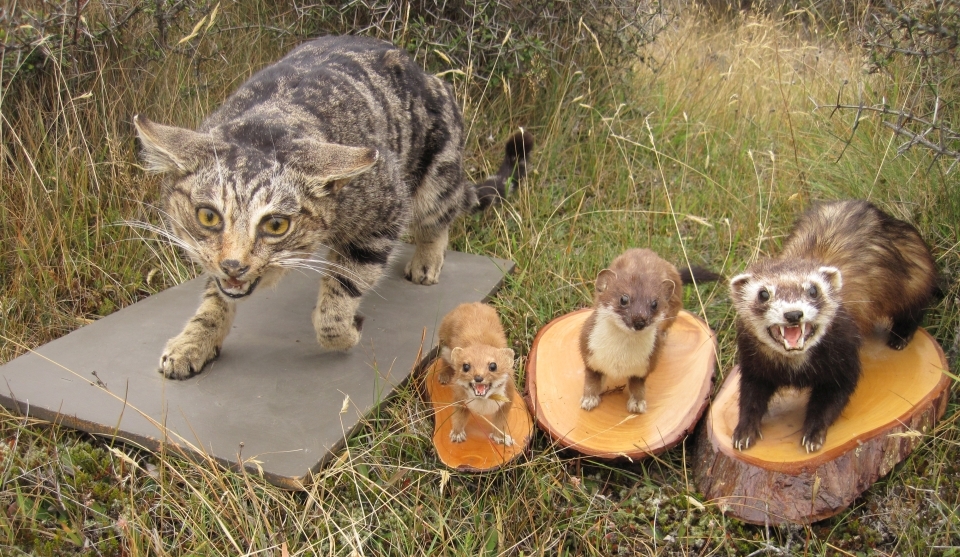
Just like in other parts of Aotearoa, the main threats to Fiordland and its biodiversity come from pest plants, pest animals and human activity.
New Zealand has been separated from other land masses for over 80 million years. Throughout this time our native wildlife and plants learned to live without land mammals. The only mammals living here during that time were bats.
When people arrived, they also brought in land mammals. Sometimes this was by choice (for example, rabbits) and sometimes accidental (for example, ship rats). These animals took a serious toll on the survival of our native plants, birds, reptiles and invertebrates.
New Zealand’s special biodiversity was unable to deal with the threat. In many parts of the country these introduced animals are now pests.
Pests such as possums, rats, feral cats and stoats compete with our native birdlife for food and habitat. They can eat the eggs and young and attack the adults. They are also a major cause of decline for many other species, including reptiles and invertebrates. These animals are often called predators.
Larger pests such as deer and goats cause damage to native forests by feeding on forest plants, trees and seedlings. Forests can’t regenerate when these young seedlings are eaten. Pigs stop forest growth by digging up the forest floor in search of grubs and roots.
The main pests in Fiordland are stoats, ferrets, weasels, Norway rats, ship rats, mice, possums, cats, red deer and sometimes pigs.
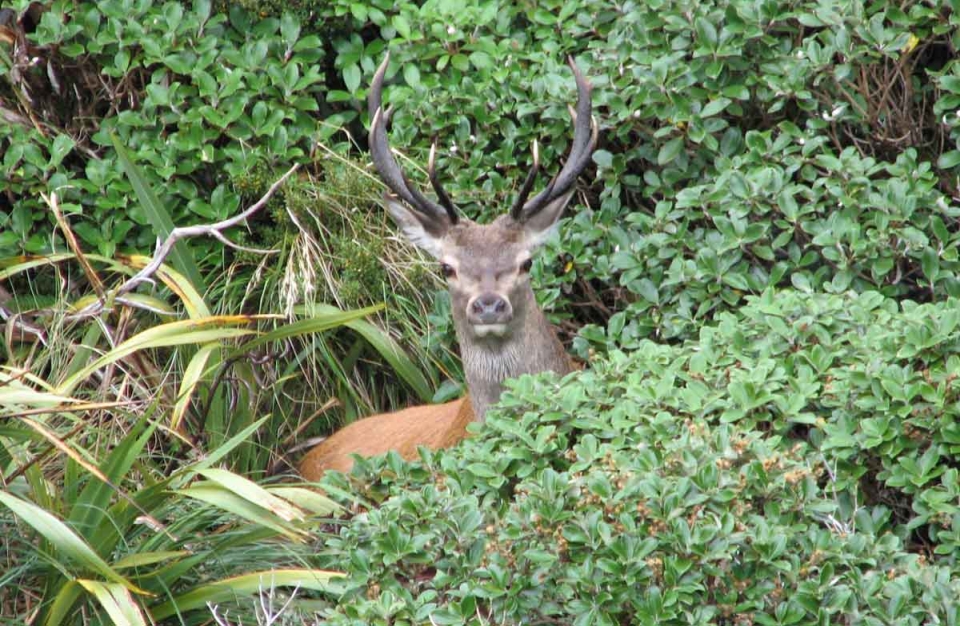
There are now more introduced plant species growing wild in New Zealand than native plant species. Weeds threaten the long-term survival of some native animals by:
Weeds threaten our natural ecosystems. They out-compete native vegetation and lead to ecosystems that are not good habitat for native species.
People brought most of New Zealand’s weeds into the country as garden plants. There are over 24,000 introduced plants growing in gardens and nurseries in New Zealand. A rough rule of thumb is that 10% of these will establish in the wild, and 10% of these will become serious pests.
Most of the spread of weeds in New Zealand is because of people. They bring in new plants that spread and dump garden waste in bush reserves.
Aquatic weeds also threaten the fiords. Boats need to be cleaned and checked for weeds.
Undaria is an Asian seaweed which thrives in our marine environment. It can grow and spread through areas very quickly and has established in many parts of New Zealand over the last 30 years. Often called 'the gorse of the sea', Undaria has become an aquatic pest in Fiordland and has the potential to significantly impact its unique marine environment, as well as the fishing and tourism economies it supports.
Undaria grows from spores which are released into the water column by mature plants. The spores, which attach readily to vessel hulls and marine equipment, are easily transported to different areas. This is why boat hulls need to be checked and kept clean. People also need to check, clean and dry mooring lines and buoys, fishing or dive gear, kayaks and other recreational equipment before travelling to Fiordland and after mooring in Breaksea Sound.
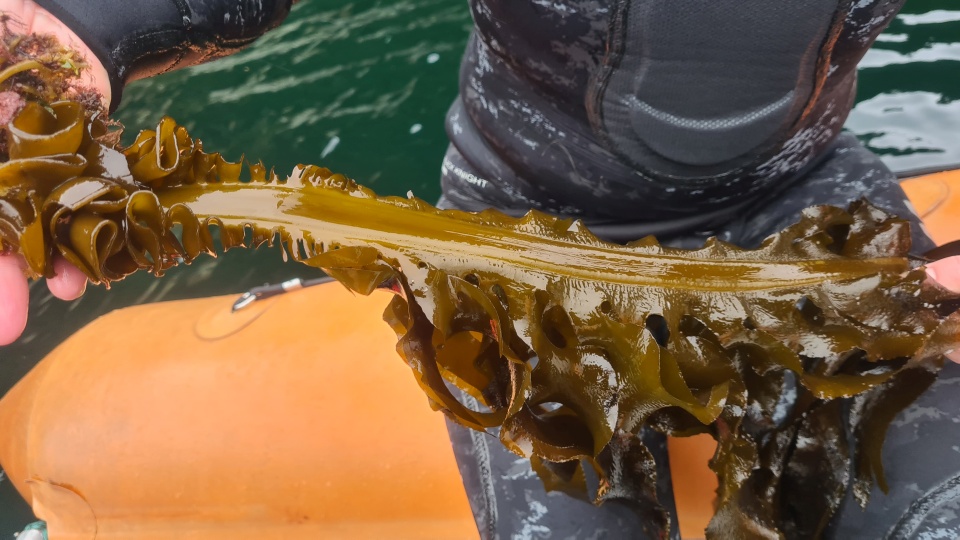
Some of the major threats to the Fiordland environment caused by human activity include:
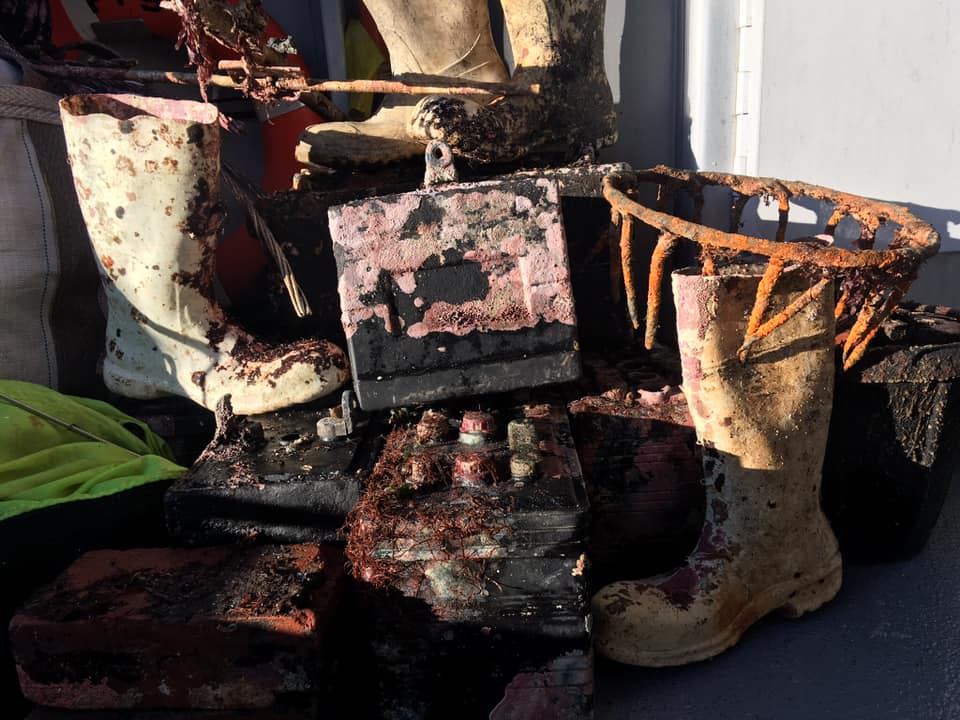
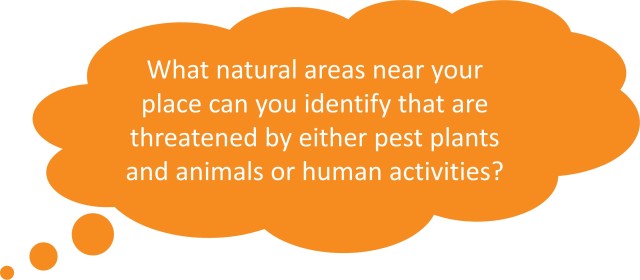
Try the Threats to Fiordland quiz.